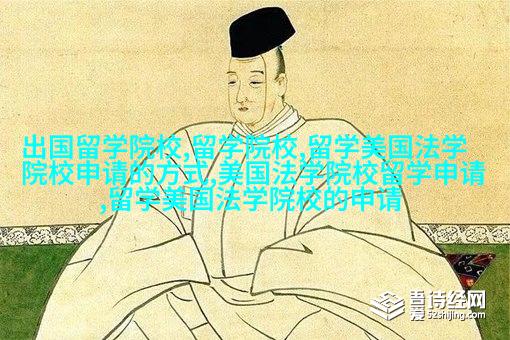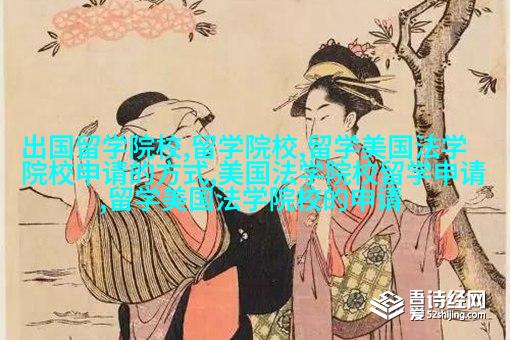Discovering the Wonders: A Guide to Exploring China's Most Breathtaking Landmarks in English

China, a land of rich history and culture, is home to numerous breathtaking landmarks that attract millions of tourists each year. For those who want to explore these wonders but are not fluent in Chinese, learning the English names of these attractions can greatly enhance their travel experience. In this article, we will introduce you to some of the most iconic landmarks in China and their corresponding English names.
The Great Wall of China - "The Longest Fortress"

One of the Seven Wonders of the Medieval World and a UNESCO World Heritage Site, The Great Wall stretches over 13,000 miles across China's rugged landscape. While it may seem daunting for non-Chinese speakers to navigate its vast expanse without knowing its name in English - "The Longest Fortress" - understanding this term can make your journey more enjoyable.
The Forbidden City - "Palace Museum"

Located at the heart of Beijing, The Forbidden City is an ancient palace complex with more than 980 buildings and over 8,700 rooms. Its name translates into "Palace Museum" in English; learning this term will allow you access detailed information about this historic site online or through guided tours.
Terra Cotta Army - "Life-Size Terracotta Soldiers"

In Xi'an lies one of history's greatest archaeological discoveries: The Terra Cotta Army. These life-size terracotta soldiers were created around 2 centuries ago as part of an underground army intended to protect Emperor Qin Shi Huangdi after his death. Knowing that they are called "Life-Size Terracotta Soldiers" in English can give you a deeper appreciation for these fascinating relics.
Yellow Mountains (Huangshan) - "Golden Hills"

For nature lovers seeking serene landscapes amidst towering granite peaks and pine forests must visit Yellow Mountains (also known as Golden Hills). This mountain range offers stunning vistas like Sky-Lanterns Hanging from Trees during winter months when trees' branches resemble lanterns filled with snow.
Potala Palace Lhasa Tibet Autonomous Region - "Residence Palace"
Located on Marpo Ri hillside within Lhasa city in Tibet Autonomous Region stands Potala Palace which was once residence palace for Dalai Lama I until he died there at age 87 years old . Today visitors flock here both fascinated by its architectural grandeur & historical significance known as 'Residence Palace' among locals & travelers alike .
Longmen Grottoes Henan Province - Ancient Buddhist Cave Temple
This sacred site located near Luoyang contains tens-of-thousands stone carvings depicting various scenes from Buddhism along with statues portraying Buddha figures carved out by skilled artists between AD500-AD1000 period . Understanding that they call it 'Ancient Buddhist Cave Temple' helps appreciate intricate beauty & deep cultural value behind such marvels .
These are just a few examples showcasing how knowledge about landmark names helps enhance one's experience while exploring China's incredible attractions . By embracing local terminology such as '景点英文', travelers worldwide can better connect themselves with destinations beyond language barriers , fostering memorable experiences shared across cultures .



